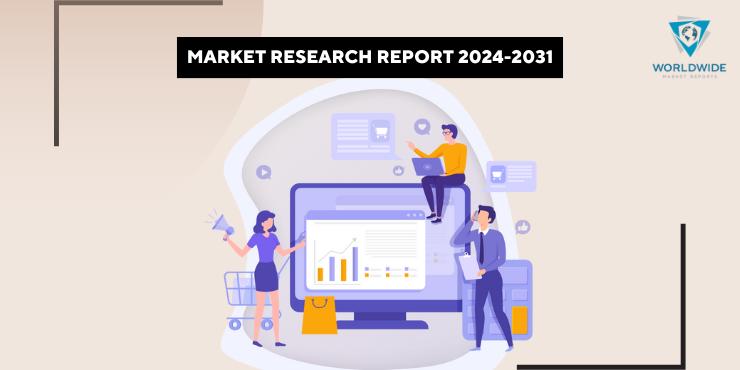AI Revolution: A New Tool for Quality Assurance in Science Publishing
In the ever-evolving world of science publishing, tools that ensure article quality are becoming essential. Enter a groundbreaking new AI tool designed by Springer Nature, aiming to enhance the peer review process by identifying potential issues in scientific articles. This smart assistant promises to be a game-changer for publishers, allowing them to maintain and even improve the standards of the research they publish.
How AI Is Transforming the Publishing Landscape
Imagine being able to catch small errors before they become significant problems—that’s precisely what this AI tool does. In a process akin to spell-check, but for scientific quality, Springer Nature’s AI can pinpoint articles that may not meet the rigorous standards required for publication in scientific journals. The real magic happens when these issues are addressed before reaching the key stages of publication.
Time-Saving and Efficiency Boost
For entrepreneurs and small business owners in the publishing industry, time is always in short supply. This tool is a significant time-saver. Currently being tested on more than 100 online journals, like Scientific Reports, the AI aims to make editing and reviewing processes quicker and more precise.
Identifying and Fixing Problems Early
Instead of waiting until the final stages of a draft’s journey, this AI spots potential troubles early on, which means editors can fix them up sooner rather than later. This preemptive strategy not only keeps articles in top-notch condition but also reduces the need for major revisions down the line.
One of the key features of this tool is its capacity to evaluate 14 different article aspects. From ensuring that the necessary data is present to verifying that all research is ethically conducted, this AI assists in upholding the integrity of scientific endeavors. And just like any good tool, it’s used in partnership with human expertise—not as a replacement.
Human Judgement Always Comes First
While AI plays an increasingly important role, human editors remain vital to the publication process. They double-check the work to ensure the nuances and complex insights that only humans can understand are not overlooked. This balance maintains high standards while embracing technological advancements.
The Impact on Publishing and Beyond
Integrating AI into the workflow significantly eases the workload for editors, strengthening the trustworthiness and honesty of the research published. By making tedious checks more efficient, editors can focus more on the substantial content rather than getting bogged down in basic errors.
Interestingly, the reach of such AI advancements isn’t limited to science journals. Imagine its application in various fields: sports strategies, culinary recipes, and more. The potential for AI to catch mistakes early and streamline processes can be a valuable asset across many industries.
Conclusion: A Promising Future with AI
The introduction of AI tools in science publishing marks an exciting turning point. By catching errors early and maintaining high standards, AI becomes more than just a tool; it serves as a valued partner that enhances human capabilities. As this technology evolves, small business owners and entrepreneurs in the publishing world can anticipate a future where quality is never compromised, and innovation continues to flourish.



